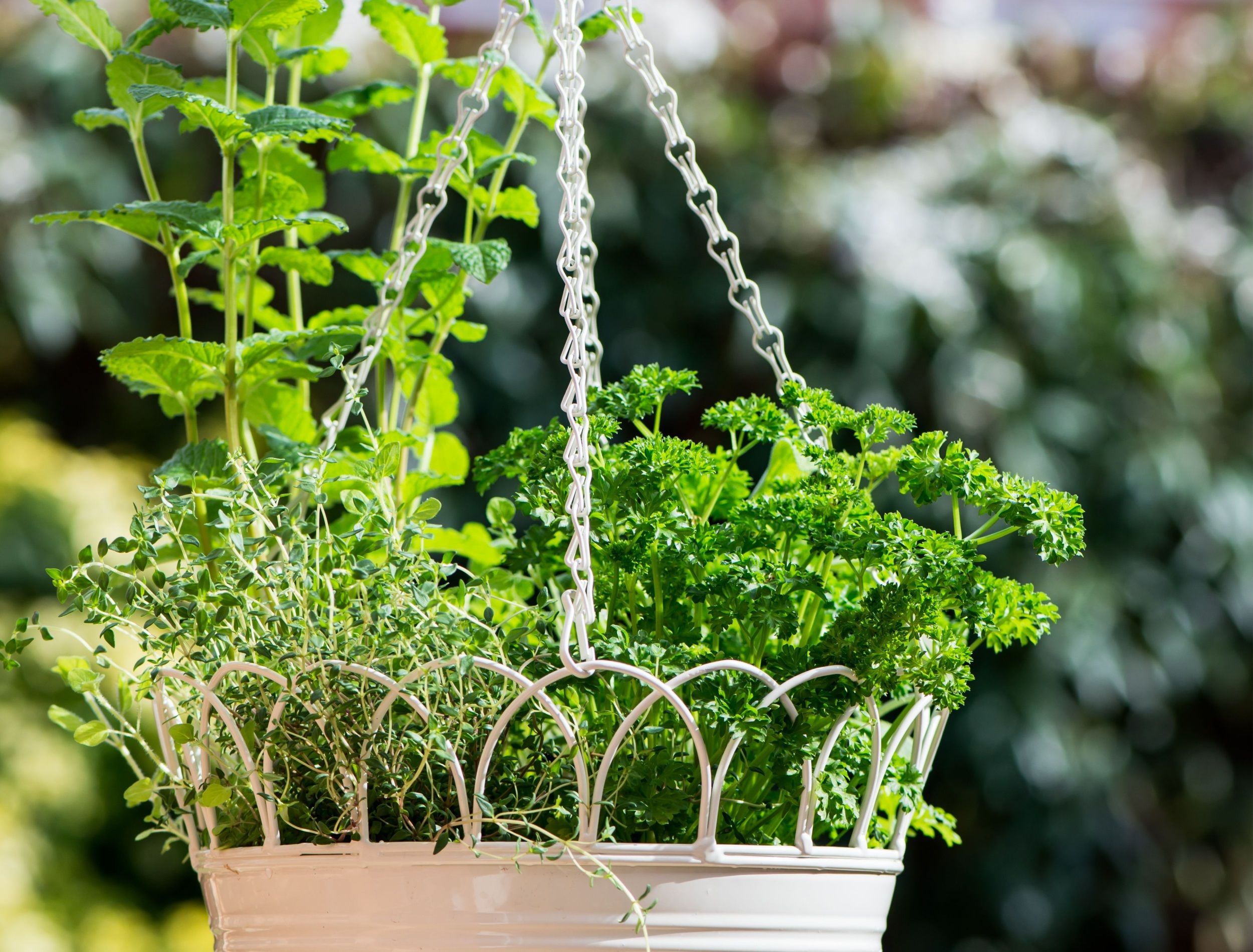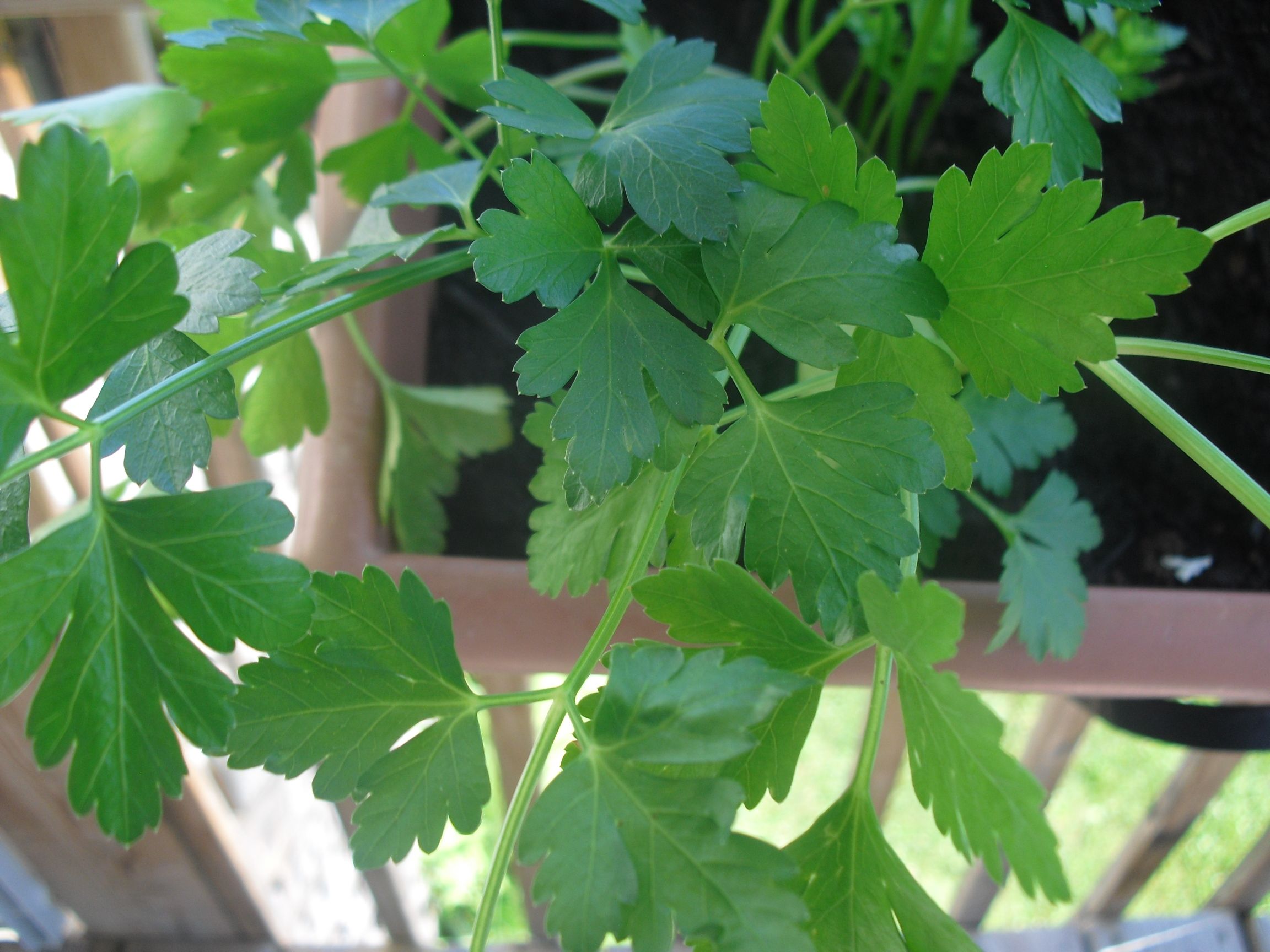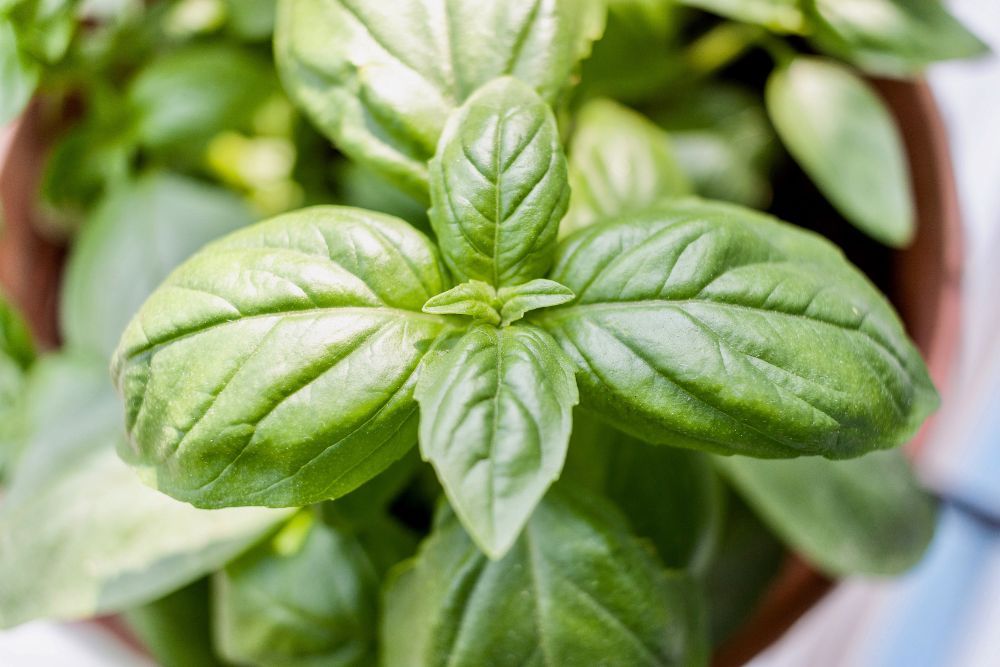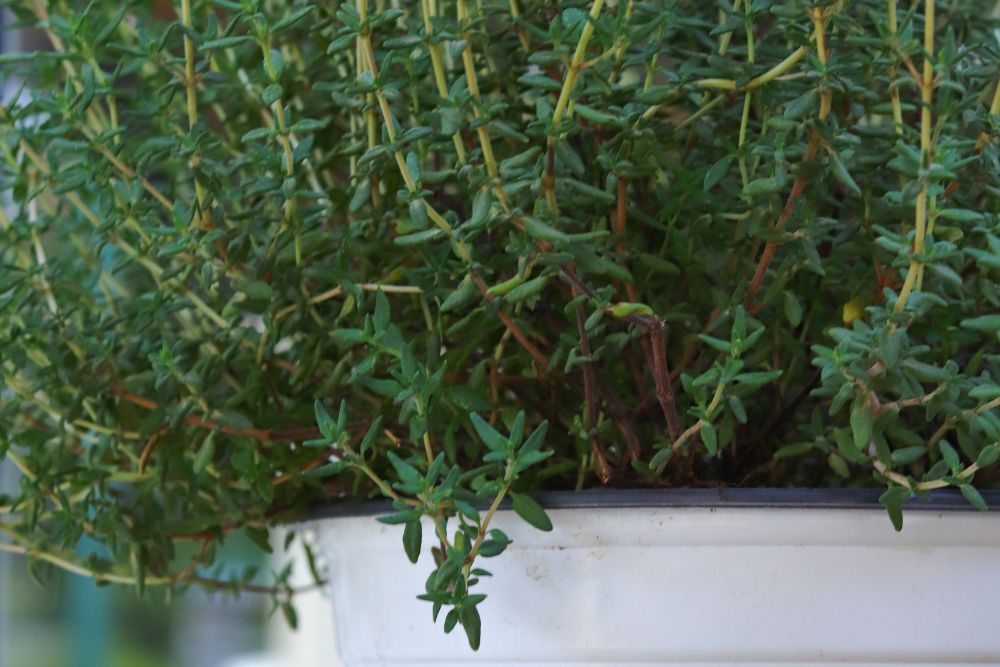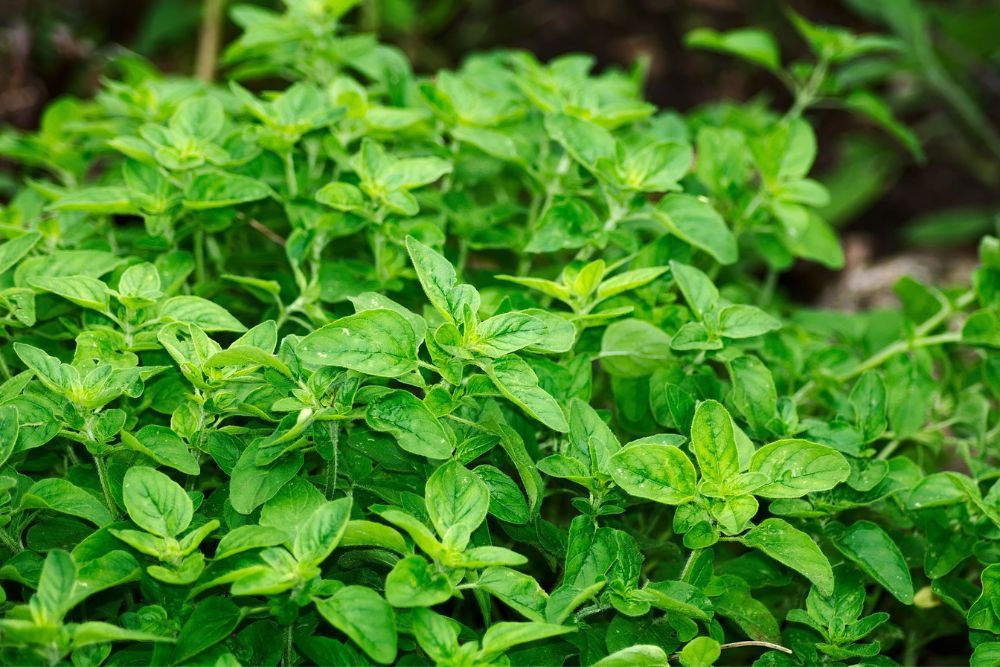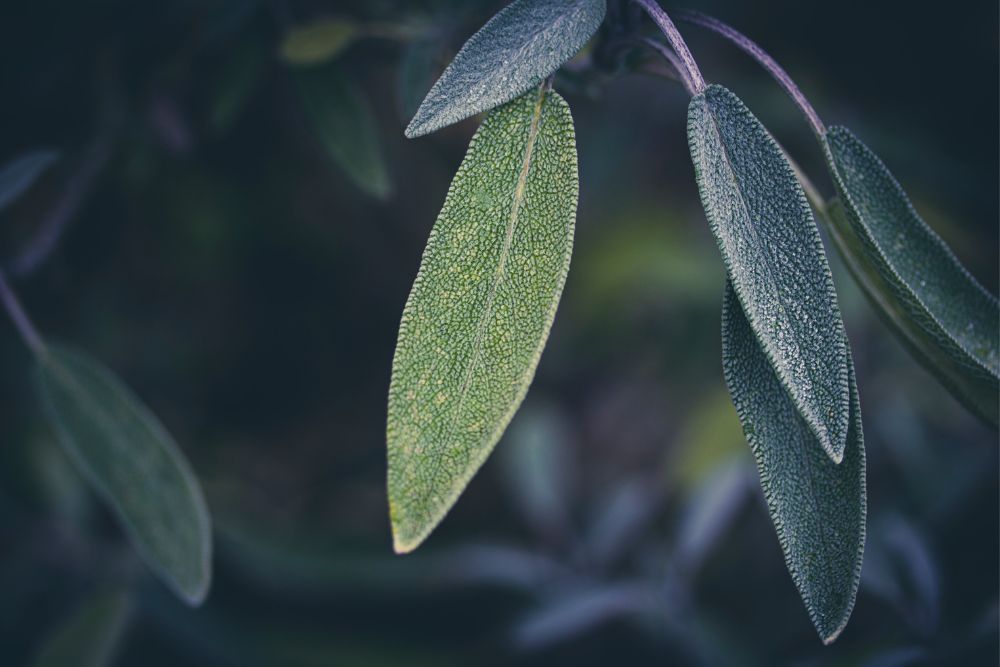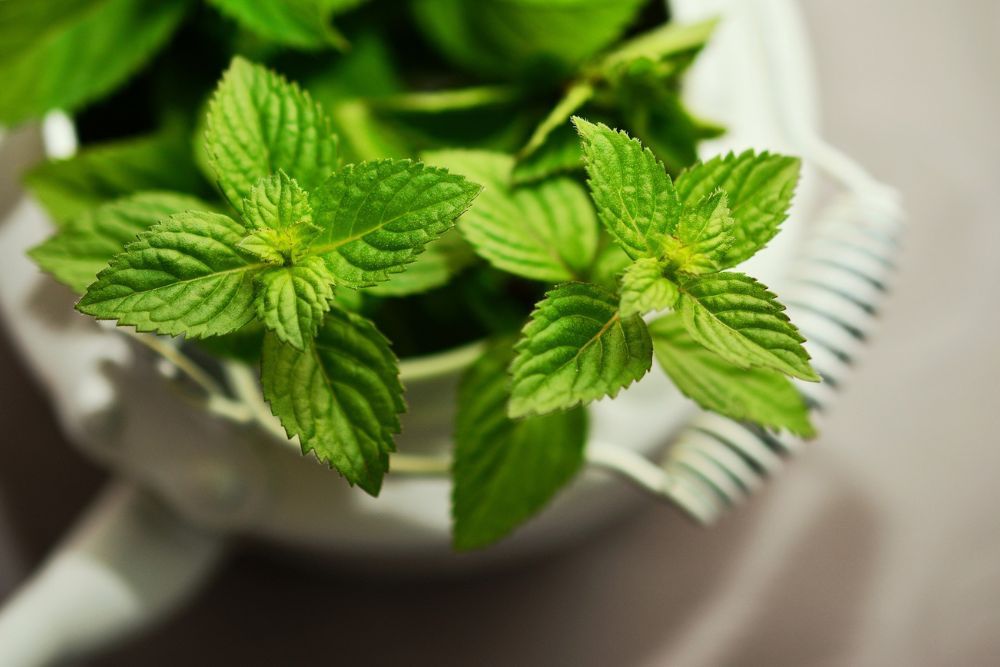Growing herbs in hanging baskets is a top way to save space in your garden! Plus, cooking with herbs will boost the flavor of your cuisine, and offers a range of health benefits. Many fresh herbs like thyme, sage, and oregano are full of antioxidants, which are beneficial to overall wellness and healthy living.
With a winning combination of health benefits and flavor, growing herbs is a must! Find out which six herbs grow best in hanging baskets, so you can optimize space and get the amazing benefits of an herb garden.
Parsley
Image credits: Scarletina via Morguefile
Parsley or Petroselinum crispum is a trendy garnish in countless dishes. Growing parsley, is a top way to ensure you always have some on hand for your home cooking. 'Italian' and 'French' parsley varieties are both popular among home cooks.
This herb is a great choice for hanging baskets that get six hours of sunlight, however, it will also tolerate light shade. For best success, keep the soil moist. You may need to water the hanging basket more often in summer heat waves when the soil dries out quickly.
Fun Fact: If you are cultivating parsley from seed you can soak the seeds the night before to give them a boost. Seeds also grow best when temperatures are between 50 and 70 degrees Fahrenheit.
Basil
Image credits: Lavi Perchik via Unsplash
Basil or Ocimum basilicum is a companion plant for parsley. It grows in zones 2 to 11 and has similar sun and water requirements to parsley - it likes six hours of sunlight, and moist soil with regular watering. So, if you are planning to cultivate several herbs, these two are a great pair to plant side by side in a hanging basket. Basil also grows relatively quickly so you can harvest it in as little as six weeks after planting!
Pro Tip: You can harvest basil as soon as it has six sets of leaves or when it's about 7 inches tall. Cut above the second set of leaves to harvest. Continue harvesting throughout the summer to encourage new growth.
Thyme
Image credits: Mitosh via Unsplash
You can grow thyme or Thymus in a hanging basket or even cultivate thyme upside down! It's a great choice for hanging baskets because its trailing stems, which are also a popular ground cover, will cascade over the edges of your basket!
If you don't have time to water your herbs often, pick thyme for your hanging basket. It's a low-maintenance herb that thrives in zones 5 to 9 and prefers temperatures above 70 degrees Fahrenheit. Thyme plants relish full sunlight and are drought-tolerant, so you only need to water the basket when the soil is dry. To test moisture levels, put your finger a few inches deep into the soil. If it's dry then it's time to bring out your watering can!
Fun Fact: Thyme is part of the mint family and comes from the Mediterranean.
Oregano
Image credits: HansLinde via Pixabay
Oregano or Origanum will add a savory flavor to your dishes and a splash of color to your hanging baskets. Oregano flowers come in purple, white, and pink that will paint your hanging basket with elegant hues in late summer. Like thyme, oregano also belongs to the mint family or Lamiaceae.
It's a top option for hanging baskets and thrives in herb containers. It is perennial, needs full sun, and has easy care requirements. When the soil feels dry to the touch simply water your hanging basket until it drips through the bottom, then wait until mid-summer to harvest up to one-third of the plant to keep it from getting spindly or leggy.
Fun Fact: Oregano means 'joy of the mountain' in Greek and is sure to add a dash of joy to your garden!
Sage
Image credits: Friderike via Unsplash
Sage or Salvia Officinalis is the classic flavor of a Thanksgiving meal. It naturally grows in zones 4 to 10, enjoys temperatures between 60 and 70 degrees Fahrenheit, and is drought-tolerant. Just because it is drought-tolerant doesn't mean you should skip watering it though! Check the soil, if it feels dry then it's time to water your hanging basket.
This herb requires a bit more patience than basil, you won't be able to harvest it until 75 days after planting. However, it still needs pruning. While it's actively growing in the summer, prune 6 to 8 inches off the top of the plant. Pruning prompts the plant to grow new flavorful foliage and will keep it from getting leggy in your basket.
Mint
Image credits: Congerdesign via Pixabay
Growing mint or Mentha, in a hanging basket, is a helpful approach that makes it much easier to cultivate the herb. Mint loves to grow! When you plant mint in the ground it can quickly spread and take over your garden. When you plant it in a hanging basket, it won't invade your garden bed, and you can keep it consolidated.
There are also plenty of mint cultivars you can choose from! 'Spearmint' or Mentha spicata, 'Peppermint' or Mentha x piperita, and 'Ginger Mint' or Mentha x gentilis are all popular varieties.
To care for your mint basket, hang it in partial shade, and keep the soil damp. Harvesting mint is key to a delicious herb. The youngest foliage has the best flavor, so pick the leaves regularly throughout the growing season. Not only will your cooking benefit, but your plant will too!
Pro Tip: To preserve the fragrant mint varieties you are growing, hang bundles of mint upside down to dry, or wash and then freeze them to add to your cooking later.
Happy Hanging Herb Baskets
When planning out your hanging baskets for this growing season, consider growing herbs! Parsley, basil, thyme, mint, oregano, and sage are all great options to grow in a hanging basket. They are all relatively easy to grow when you follow their care requirements plus they will infuse your cooking with savory flavors!
What herbs do you like to grow in your hanging baskets? Share your favorites and growing tips in the comments below to help fellow green thumbs cultivate a stunning basket of herbs!

